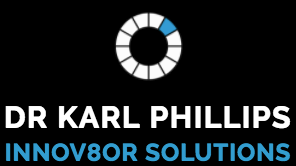Skill
Skill
In the business domain it can be considered the individuals ability to get along with others while getting the job done, and includes everything from communicating, active listening, attitude and deportment
Competency
Competency
Specialist
Competency Level
Competency Level
82%
Knowledge (Theories, Ideas & Concepts)
Through Professional/Personal Study Gained Through Experience
Skills & Application of Knowledge
in Real World Situations
Together with Responsibilities/Accountabilities
Selected Challenges & Approaches
Together With lessons Learnt
Selected Achievements & Successes
Together with Any ‘So What’ Statements of Insights
